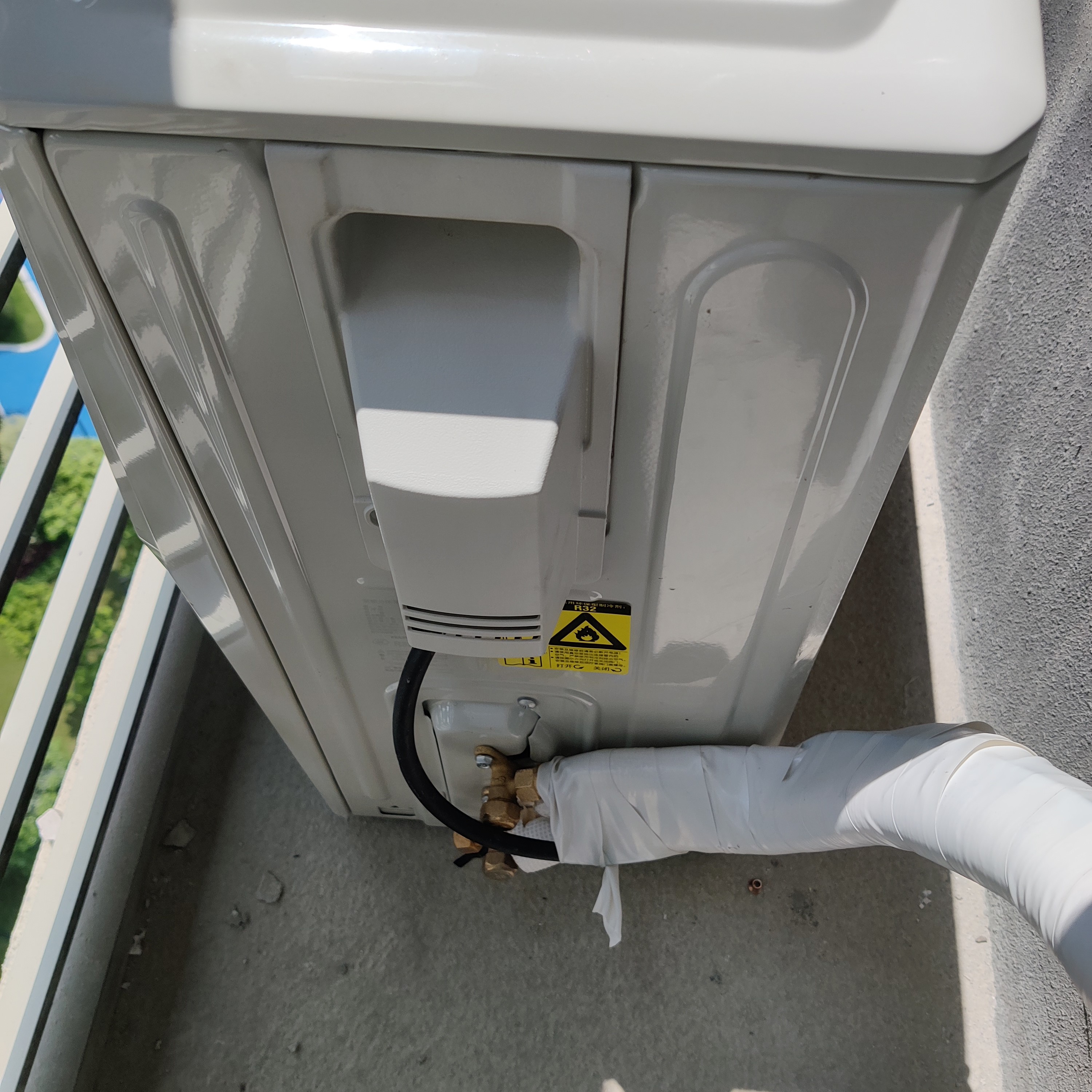English
Insulated Copper Tube
Author: Site Editor Publish Time: 2023-10-25 Origin: Site








When it comes to HVAC systems, the choice of insulation material plays a pivotal role in their performance and efficiency. One material that has gained significant recognition in recent years is Polyethylene (PE) insulation. This comprehensive guide will walk you through the ins and outs of PE insulation, highlighting its key advantages and applications in HVAC systems.

Understanding PE Insulation
PE insulation is a type of thermal insulation made from Polyethylene, a durable and versatile material. It's characterized by several features that make it a preferred choice in HVAC installations.
The Benefits of PE Insulation
1. Thermal Efficiency: PE insulation is highly effective at preventing heat transfer. It acts as a barrier, ensuring that conditioned air remains at the desired temperature, resulting in energy savings.
2. Moisture Resistance: One of the primary challenges in HVAC systems is preventing condensation. PE insulation is moisture-resistant, making it ideal for controlling condensation and mold growth.
3. Durable and Long-Lasting: PE insulation is known for its durability, which is essential for HVAC systems that are expected to perform for many years. It can withstand environmental factors and physical wear and tear.
4. Environmental Friendliness: As an eco-friendly material, PE insulation is recyclable and contributes to sustainable building practices.
5. Ease of Installation: HVAC professionals appreciate PE insulation for its ease of installation. It can be customized to fit various duct shapes and sizes, reducing labor time.
6. Versatile Applications: PE insulation is used in a range of HVAC applications, from ductwork and chilled water systems to refrigerant lines and more. Its adaptability is one of its most significant advantages.
Applications of PE Insulation
PE insulation is a versatile material that can be used in various HVAC system components:
· Ductwork Insulation: PE insulation is applied to the interior of ductwork to maintain the temperature of conditioned air as it moves through the system.
· Chilled Water Systems: It's commonly used to insulate pipes and components in chilled water systems, ensuring consistent temperature levels.
· Refrigerant Lines: In refrigeration systems, PE insulation helps maintain the desired low temperatures while preventing condensation.
· Air Handling Units: For HVAC units, PE insulation ensures that the air remains at the right temperature, increasing energy efficiency.
Conclusion
PE insulation is a reliable and effective choice for HVAC professionals looking to optimize system performance, improve energy efficiency, and ensure longevity. With its thermal efficiency, moisture resistance, and versatility, it's no wonder that PE insulation is gaining popularity in the industry.
When considering insulation options for your next HVAC project, keep in mind the numerous benefits of PE insulation. It's a material that not only enhances system performance but also aligns with environmentally responsible practices. Whether it's ductwork, chilled water systems, or refrigerant lines, PE insulation is an excellent choice to ensure HVAC systems operate at their best.
As HVAC professionals, the choice of insulation matters, and PE insulation is a choice that delivers on all fronts.




